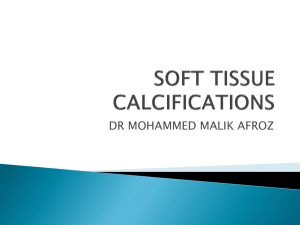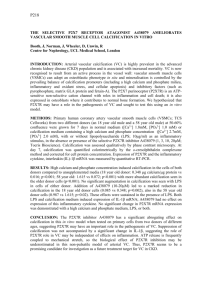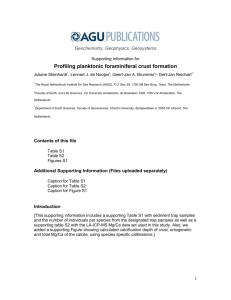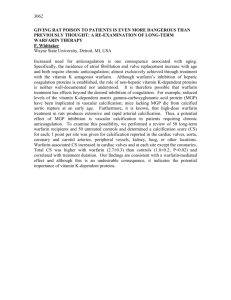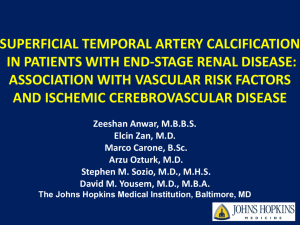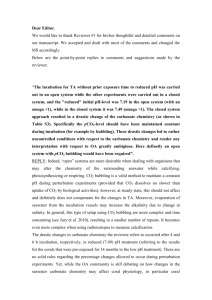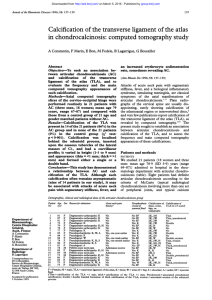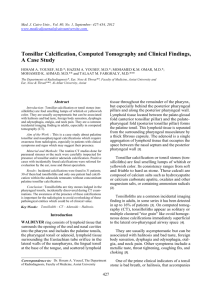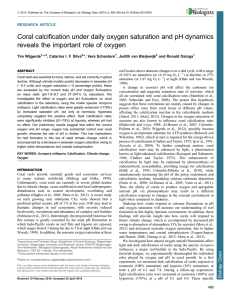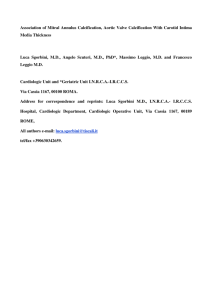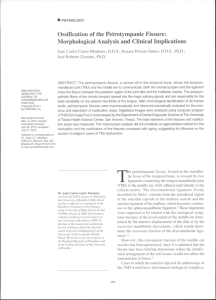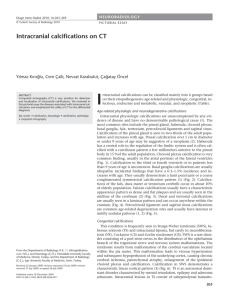Supplementary Data
advertisement
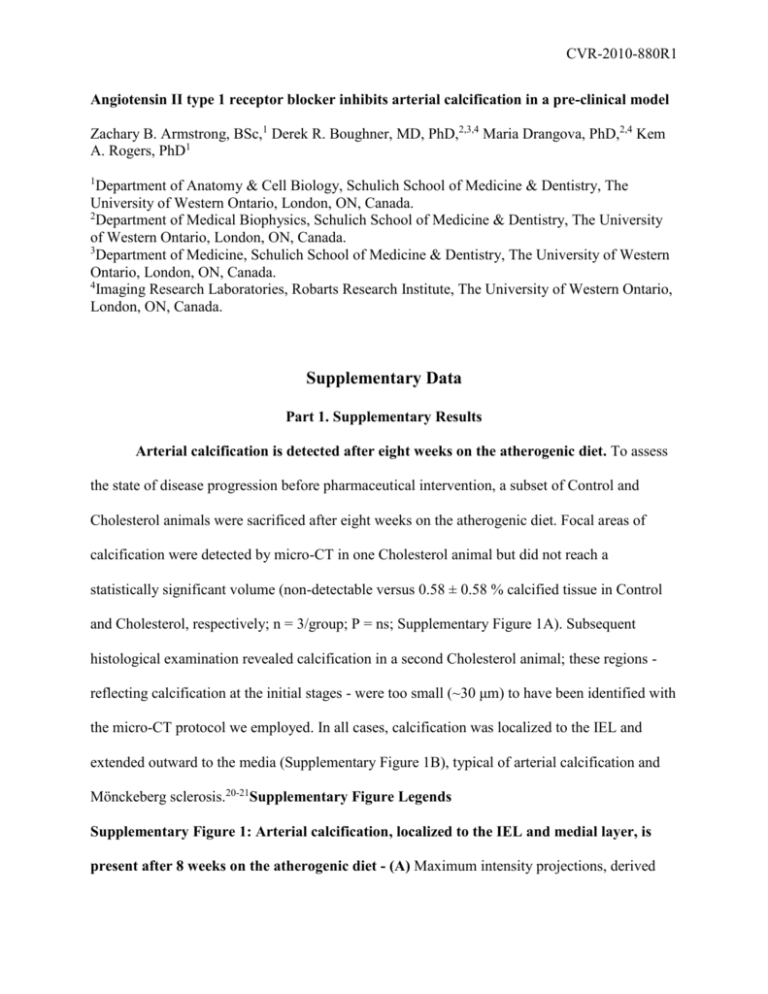
CVR-2010-880R1 Angiotensin II type 1 receptor blocker inhibits arterial calcification in a pre-clinical model Zachary B. Armstrong, BSc,1 Derek R. Boughner, MD, PhD,2,3,4 Maria Drangova, PhD,2,4 Kem A. Rogers, PhD1 1 Department of Anatomy & Cell Biology, Schulich School of Medicine & Dentistry, The University of Western Ontario, London, ON, Canada. 2 Department of Medical Biophysics, Schulich School of Medicine & Dentistry, The University of Western Ontario, London, ON, Canada. 3 Department of Medicine, Schulich School of Medicine & Dentistry, The University of Western Ontario, London, ON, Canada. 4 Imaging Research Laboratories, Robarts Research Institute, The University of Western Ontario, London, ON, Canada. Supplementary Data Part 1. Supplementary Results Arterial calcification is detected after eight weeks on the atherogenic diet. To assess the state of disease progression before pharmaceutical intervention, a subset of Control and Cholesterol animals were sacrificed after eight weeks on the atherogenic diet. Focal areas of calcification were detected by micro-CT in one Cholesterol animal but did not reach a statistically significant volume (non-detectable versus 0.58 ± 0.58 % calcified tissue in Control and Cholesterol, respectively; n = 3/group; P = ns; Supplementary Figure 1A). Subsequent histological examination revealed calcification in a second Cholesterol animal; these regions reflecting calcification at the initial stages - were too small (~30 μm) to have been identified with the micro-CT protocol we employed. In all cases, calcification was localized to the IEL and extended outward to the media (Supplementary Figure 1B), typical of arterial calcification and Mönckeberg sclerosis.20-21Supplementary Figure Legends Supplementary Figure 1: Arterial calcification, localized to the IEL and medial layer, is present after 8 weeks on the atherogenic diet - (A) Maximum intensity projections, derived CVR-2010-880R1 from micro-computed tomography (CT) scans, and corresponding quantitation (n = 3/group) show calcification is widespread in one Cholesterol animal, but nonexistent in Control animals. Scale bar = 4 mm. One sample t-test: P = ns. (B) Histological examination of calcium (Alizarin Red S, top) and calcium salts (Von Kossa, bottom) reveals they are localized primarily to the internal elastic lamina (IEL) and medial layer, typical of arterial calcification. Scale bar = 500 μm. ND = none detected. Arrows indicate calcification. Supplementary Figure 2: Treatment with the angiotensin II type 1 receptor blocker has no effect on systemic disease parameters - (A) Total plasma cholesterol was significantly increased in Cholesterol animals as compared to Control, but was unaffected by ARB treatment. One-way repeated measures ANOVA with Tukey’s post-hoc test: P < 0.001. (B) Levels of inorganic phosphate were affected neither by the atherogenic diet nor ARB therapy. KruskalWallis test with Dunns post-hoc test: P = ns. Supplementary Figure 3: Characterization of calcified regions indicates an osteoblast-like phenotype - Immunohistochemical characterization of calcified regions (arrows) and adjacent sections reveals colocalized expression of the osteogenic growth factor bone morphogenetic protein 2 (BMP2), the bone protein and osteoblast-specific marker osteocalcin (OCN), and dramatic upregulation of the angiotensin II type 1 receptor (AT1R). This data suggests an osteoblast-like phenotype within the calcified areas. Scale bar = 500 μm. Supplementary Figure 4: Calcified regions of the media are not associated with smooth muscle cells or macrophages - Examination of α-smooth muscle actin (α-SMA), a marker of CVR-2010-880R1 smooth muscle cells, reveals dramatic downregulation in areas of calcification (arrows). Interestingly, α-SMA is also downregulated in some non-calcified areas. Furthermore, macrophages are localized specifically to atherosclerotic plaques, and are not associated with areas of calcification. Scale bar = 500 μm.
